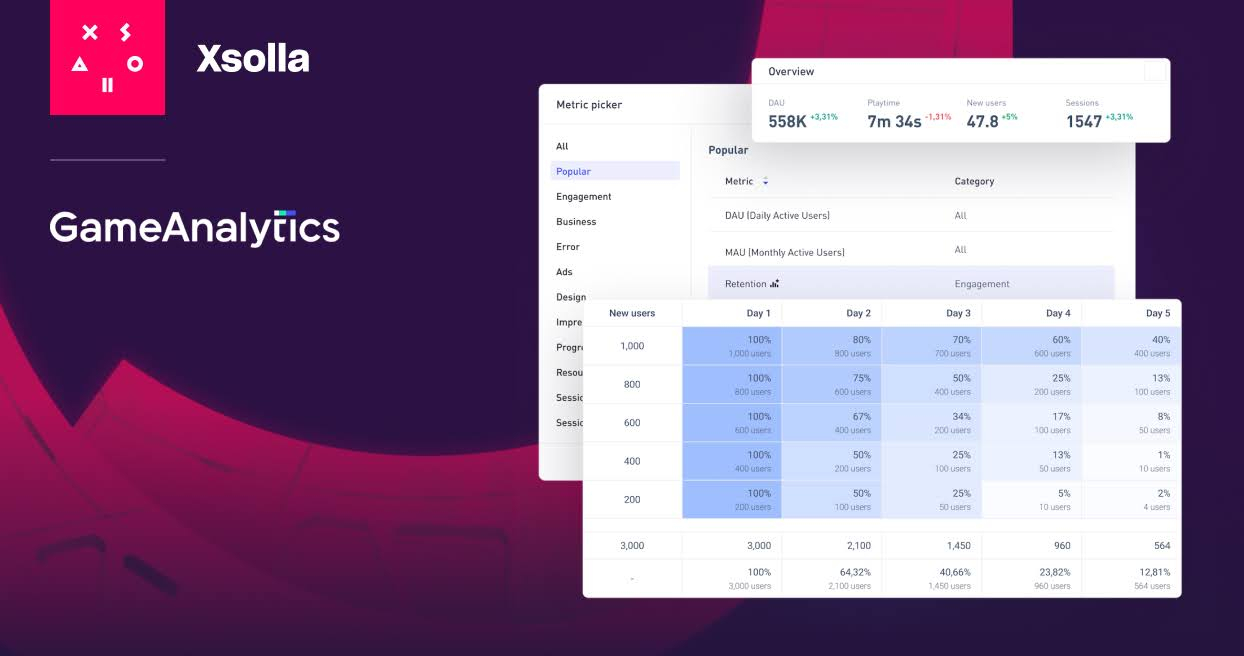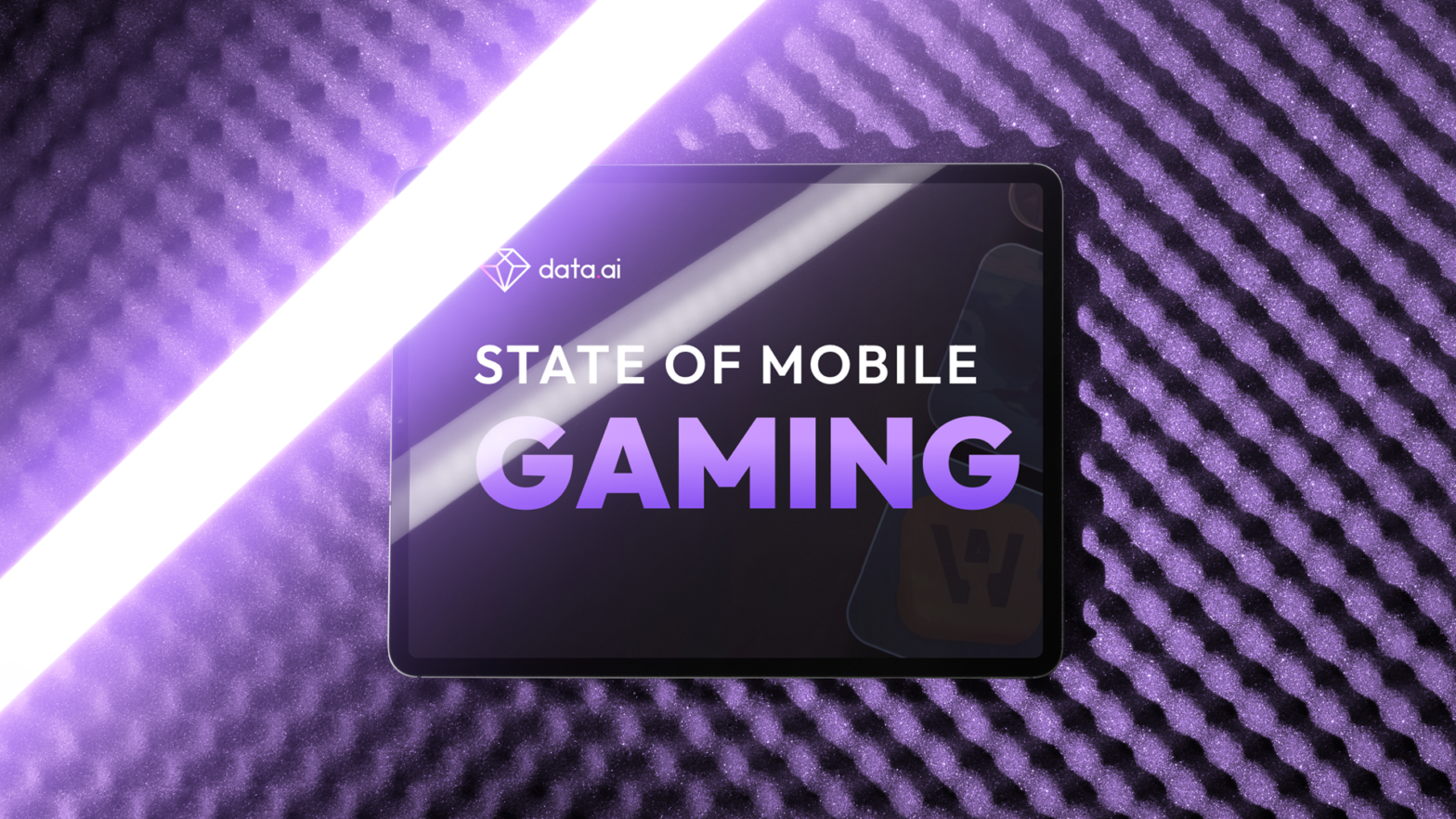The market for hyper-casual games is crowded. To avoid wasting time testing and understanding what gamers liked and didn’t, Sunday, along with technology startup Brainamics, did something no publisher of hyper-casual games has ever done: they recorded the brain activity of a person who played hyper-casual games.
Read Sunday’s original study here.
Emotions in hyper-casual games
Taking emotional states into account when testing hyper-casual games makes perfect sense. In a sense, playing a hyper-casual game is a self-contained experience. Therefore, users will rely on their emotional state before, during, and after the game to decide if they liked it or not.

A positive or negative outcome is decomposed into many minor episodes of emotional reaction to game events. Each becomes a tipping point in deciding whether to stop or continue the game. The result depends only on personal perception. That’s why it’s essential to consider player emotions when designing and testing hyper-casual games.
Side note: Belka Games tips for attracting and retaining users.
Brainamics

Brainamics works with EEG sensors and a proprietary algorithm to run game tests for game developers of all sizes. The studios hope to improve KPIs and discover which in-game events make users feel bored or excited, anxious or happy.
Sunday jumped at the opportunity to test some games with Brainamics and became the first hyper-casual genre studio to test games with the startup. Before this collaboration, the publisher collected a vast amount of data on its own but never measured or tested physiological metrics.
Testing

Ten people were recruited to test hyper-casual games. The only requirements were ignorance of the games being tested and an interest in mobile gaming.
The test room was kept quiet throughout the experiment, and the lights dimmed. Each participant spent 15 minutes playing the game, during which time:
- A camera recorded faces;
- Screen recording software recorded the gameplay;
- An EEG collected raw brain activity data to feed into an algorithm later.
Initial results

When this article was published, Sunday had obtained qualitative data from the experiment, and quantitative results were still in the works.
The Brainamics software interface opens a window into a player’s emotional state, which is tracked down to the second. The graphs show the interdependence of periods of activity and enjoyment in brain signals that cause the entire emotional state to wander across four quadrants: excitement, satisfaction, boredom and anxiety.
Armed with game-testing experience and a variety of brain activity models, the company quickly found things that could improve KPIs:
- By creating a game cycle that rewards at the beginning of the game, the gamer forms a habit and creates motivation to repeat the basic game cycle. So stick to a simple gameplay cycle: challenge-decision-reward at the beginning of the game. This will keep players coming back;
- Levels should not be too difficult. However, when new mechanics are introduced with tutorials, the brain is not challenged and does not feel rewarded even after completing the level. Therefore, players will not meet the cycle to the end, preventing habit-building;
- Too many new mechanics require learning to reduce satisfaction;
- Introduce unexpected ways for players to enjoy the game. In one of the games tested, subjects showed increased happiness levels simply by knocking down items in the game.
Conclusions

Based on the results, we can conclude that it all comes down to motivation. Players need to feel motivated to repeat the basic cycle of the game, and to do this; they form a habit. By engaging in a process with positive feedback, gamers will develop a practice that will keep them returning to the game again, improving retention rates and monetization opportunities.
The average session in hyper-casual games is short: a couple of minutes at best. So it’s essential to balance the experience and pay attention to the early levels, which are habit-forming.
Too many tutorial levels, which Sunday implemented to help the player, are a hindrance. Users should play, explore, experience challenges in each short game session, and feel rewarded.
Explore further the impact of advertising on gameplay. If advertising is a significant part of gameplay, include it in the gameplay loop during development and testing.
Research results have shown that ads cause a certain amount of anxiety: if you combine ads with a challenging level, it causes too much stress and pushes the gamer to quit the game.
810













 3 minutes
3 minutes








 2 minutes
2 minutes
